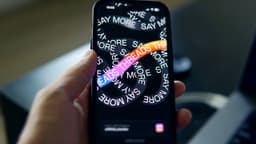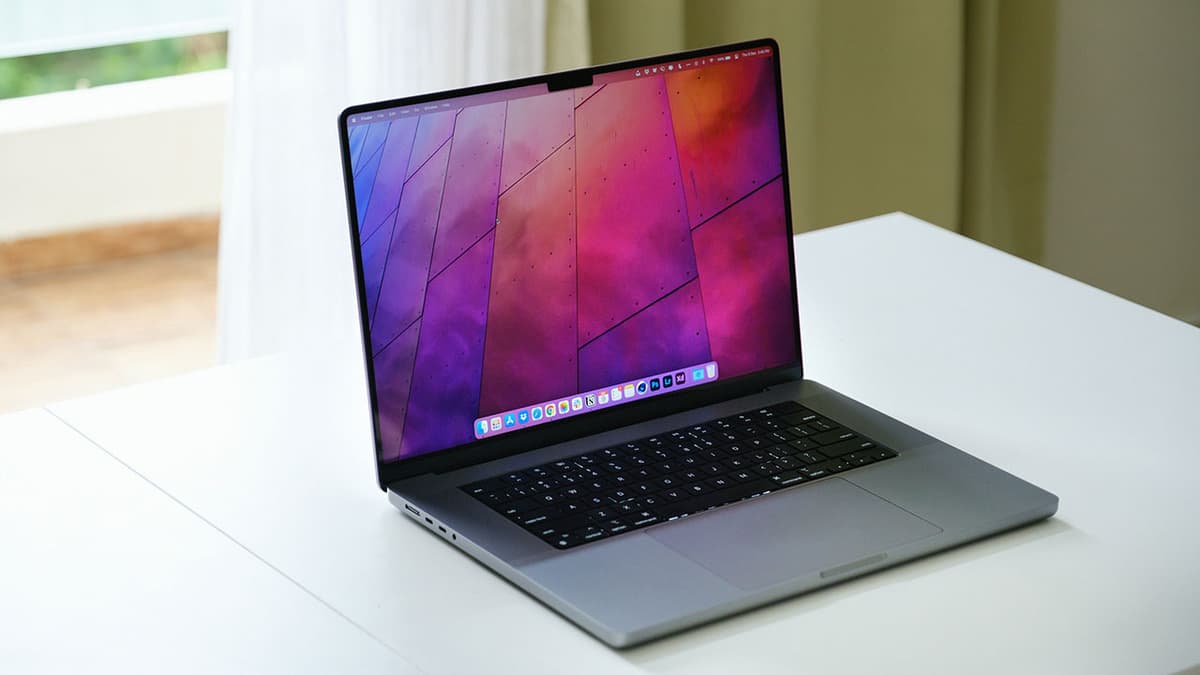Understanding Fiber Optic Technology
Fiber optic technology sounds like something straight out of a futuristic novel, doesn’t it? This remarkable technology uses hair-thin strands of glass or plastic, commonly known as fiber optics, to transmit information as pulses of light. It might seem like magic, but it's all about the science of light and high-speed communication.
A Journey Through Glass and Light
Imagine sending a beam of light down a long, narrow tunnel. That's what happens with fiber optic communication, but the "tunnel" in this scenario is the optical fiber. These fibers are carefully designed to contain and guide light over significant distances with minimal loss of signal.
When you think of a fiber optic cable, picture a bundle of these glass or plastic strands encased in a protective jacket. These strands are incredibly fine, about the diameter of a human hair. Thanks to their design, they can carry data over long distances at speeds that dwarf conventional copper cable technologies.
How It All Works
The magic starts with converting electronic data (like an email or video) into light signals. This conversion is done by a device called a transmitter, which uses a light source, such as a laser or LED. The light from the transmitter is sent into the fiber optic strand where it travels, quite literally, at the speed of light.
The core of each fiber is surrounded by a layer of glass or plastic called the cladding. The cladding has a lower refractive index than the core, which means it bends the light back into the core when it tries to escape. This rebounding is called total internal reflection. It allows the light to travel great distances without losing too much intensity, continuously reflecting down the fiber like a high-speed zigzag.
When the light reaches its destination, an optical receiver converts the light back into electronic signals, which can be used by computers and other devices.
Why Can Fiber Optics Hold So Much Data?
The answer to why fiber optics can hold vast amounts of data lies in their use of light. Unlike electronic transmissions which are limited by the physical properties of copper and other materials used in traditional cables, light signals can carry more data.
Wavelength Division Multiplexing (WDM)
A technology called Wavelength Division Multiplexing (WDM) enhances the ability of fiber optics to carry data. This technique involves using multiple light wavelengths (or colors) simultaneously on the same fiber. Each wavelength carries its own separate data channel, which massively increases the total data capacity of the fiber.
This is akin to having several different trains running on parallel tracks within a single railway tunnel, where each train is a different color and each color represents a different stream of data.
High-Bandwidth
Fiber optics boast incredibly high bandwidth, meaning they can support ultra-fast internet speeds. This capability is essential as the world demands more bandwidth-intensive services like streaming high-definition video, playing online games, and connecting smart home devices. These applications require quick, continuous, and reliable data transmission that only fiber optic technology can provide at scale.
Advantages of Fiber Optic Communication
Some clear advantages make fiber optic technology preferred in many areas including:
- High Speed: Fiber optics provide superior speed compared to traditional metal communication lines.
- Long Distance: Signals in fiber optic cables degrade less over long distances than in copper cables.
- Security: It's very difficult to tap into a fiber optic cable to intercept the data it carries.
- Durability: Fiber optics are immune to many environmental factors that affect copper cables like electromagnetic interference.
Where is Fiber Optic Technology Used?
Fiber optics are at the heart of modern telecommunications systems. They are used in:
- Internet and cable television services.
- Military and space applications.
- Medical instruments.
- Networking within and between buildings.
- Many companies, such as Cisco Systems (Cisco), specialize in providing products and services that support fiber optic communication.
Fiber optic technology has revolutionized the way we communicate, providing the backbone for global internet infrastructure and continuing to push technological boundaries. As research advances and the demand for faster, more reliable communication grows, the role of fiber optics is only set to expand further.
The journey of light through fiber optic cables is not just a triumph of human ingenuity; it is a leap into a future where data and communication know no bounds. Who knew that strands thinner than a piece of hair could carry the vast world of data right into our homes and offices?












